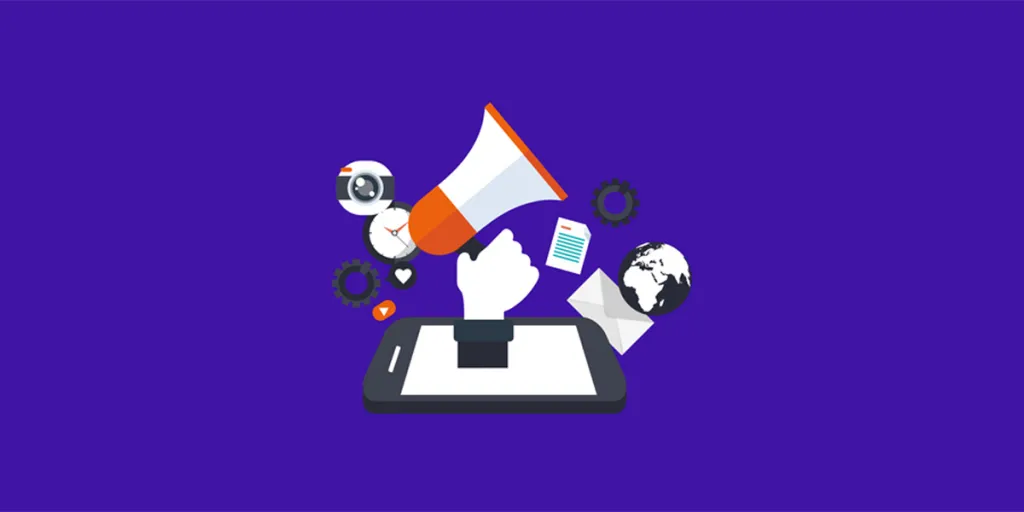If you’ve ever heard a person to themselves as an “Apple fan” or a “Nike stan” then you already understand the power of brand awareness. Brands often insert themselves into consumer lifestyles and purchase buyers, not to control them but to boost the chances of these people becoming repeat buyers – many often purchase products without hesitation.
However, many retailers can find building a successful brand awareness plan tricky. While brand awareness simply refers to how many people recognize a brand, it’s necessary for businesses to be able to measure this metric in order to gauge their campaign’s success.
In this article, we will dive into how businesses can craft an effective brand awareness strategy and how they can use it to boost their business growth.
Table of Contents
What is brand awareness, and why does it matter?
7 strategies businesses can use to boost brand awareness
What businesses should look out for when measuring brand awareness
Bottom line
What is brand awareness, and why does it matter?
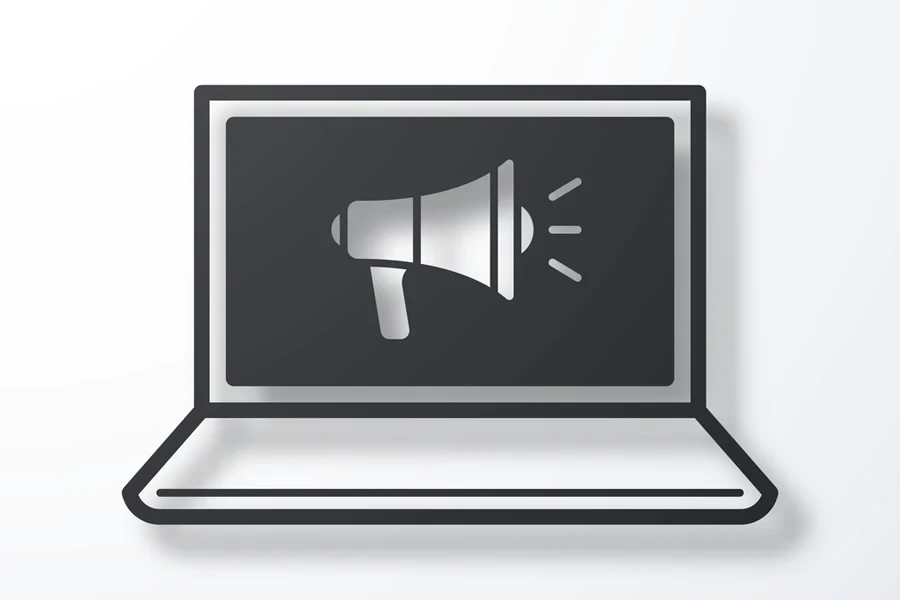
Brand awareness determines how easily people recognize or know of a brand. Performing a brand awareness campaign usually involves tracking various KPIs like website traffic and social media mentions. Businesses can consider this an indicator of brand health – the higher the brand recognition, the healthier the brand.
More importantly, high brand awareness helps make that brand the first thing most people think of in the relevant product category. They may recognize the logo slogan or any other interesting aspect of their favorite business. For that reason, brands with high awareness can easily communicate on social media (especially with images and videos) and enjoy more positive results from their campaigns.
Customers must also recognize a brand before they become loyal consumers. For instance, look at the difference between Coca-Cola and generic store-brand cola. People may buy the generic one because it’s cheap but won’t promote it. In contrast, Coca-Cola has fans who proudly sport its merchandise.
The most valuable brands are the most recognizable. Nike leads in apparel, Apple in consumer technology, and Coca-Cola in food and beverages. Businesses don’t need to be as big as these giants to benefit from brand awareness, but there’s a lot to learn from how these companies built their brands.
7 strategies businesses can use to boost brand awareness
1. Create an easily recognizable brand
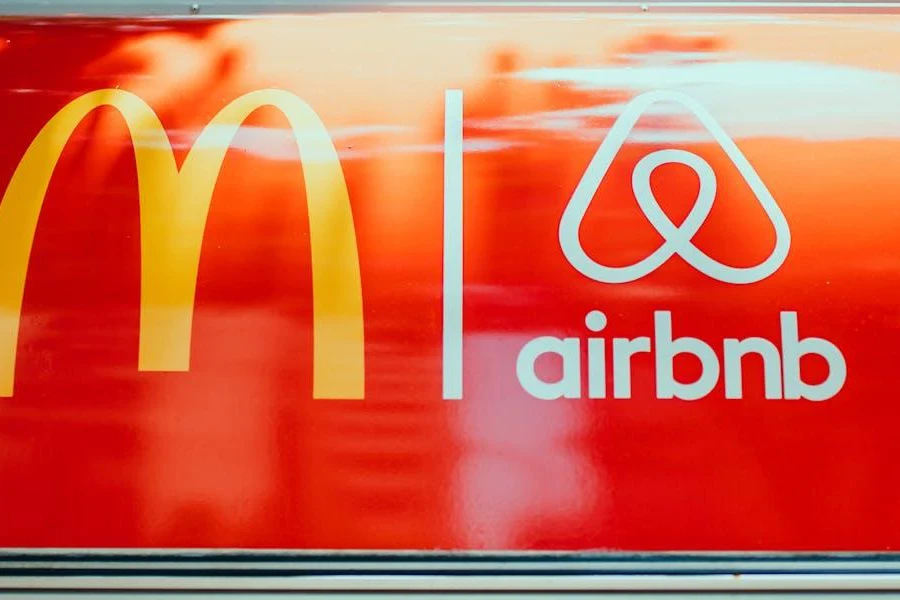
Brand building is crucial for brand awareness, requiring a clear understanding of what the brand represents. Key components of a recognizable brand include:
Brand voice
Brands can use formal, casual, cheeky, or serious tones. While the tone can vary slightly across platforms, it should remain consistent and recognizable. Brands should choose keywords and phrases and adhere to a style guide.
Brand aesthetic
Consistency in visual elements is vital. This includes brand colors, fonts, and an overarching aesthetic across all online and social media platforms. For example, Old Navy, Banana Republic, and The Gap each have a distinct look that reflects their target demographics.

Brand values
Defining what a brand stands for is essential. These values should align with the target audience’s beliefs. According to the Edelman Trust Barometer, 58% of consumers support brands based on shared values, and 60% of employees choose employers this way. Actions must match words to build genuine trust.
Logo and tagline
These elements are the most recognizable parts of a brand. Iconic examples include Nike’s “Just Do It” and the swoosh logo, as well as Red Bull’s “Gives You Wings.” Thoughtful development of these elements helps cement brand identity.
2. Craft a memorable brand story

This aligns with previously discussed elements but delves deeper than brand values and voice. The brand story is the narrative of how a brand developed. For an entrepreneur, it might be about how they identified a problem and worked to create a solution.
For a larger business, the brand story could combine the mission statement and company history. Every brand has a story, but the key to brand awareness is telling that story well. Use narratives to highlight customer experiences or significant growth milestones.
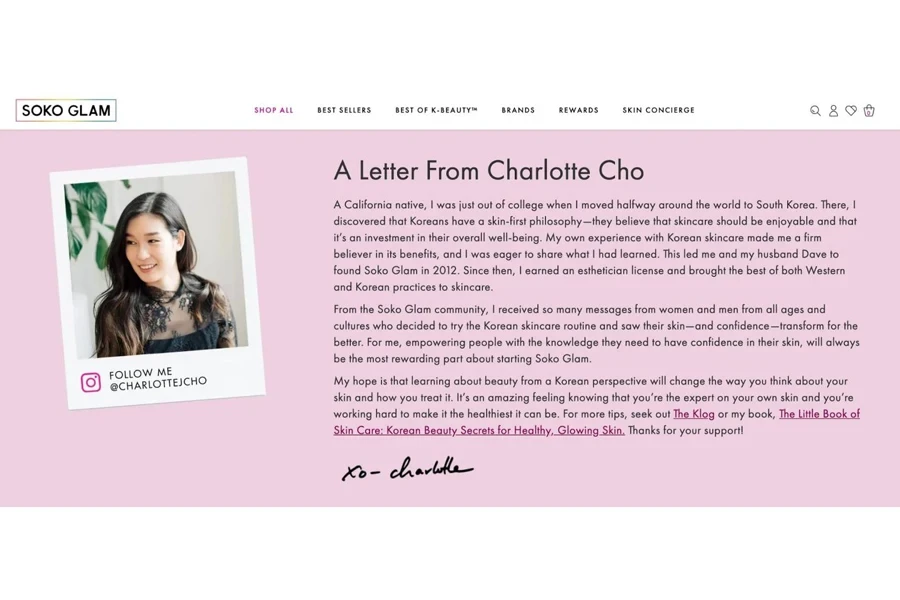
For instance, Harley-Davidson publishes The Enthusiast magazine, which features rider stories, tips, and information about new models and gear. These stories also appear on its social media channels.
3. Do more than just sell products

No one likes a business that comes across as simply focused on selling products – this can lead to a bad reputation, especially among more savvy consumers. Hence, brands must provide value beyond the product to build long-term awareness. They must use different tactics that inform, educate, and entertain their audience.
For example, businesses can share their specialized expertise/knowledge via blogs, YouTube channels, newsletters, or podcasts. Remember, this strategy is not about making direct sales. Instead, it’s about relationship-building, boosting brand image, and allowing audiences to become familiar with the brand.
For instance, Patagonia creates films that reflect their brand values and story. While their products appear in the films, there’s no hard sell; the films themselves provide value. Patagonia’s film webpage states, “We are a collective of storytellers who make films on behalf of our home planet.”
4. Focus on shareable content
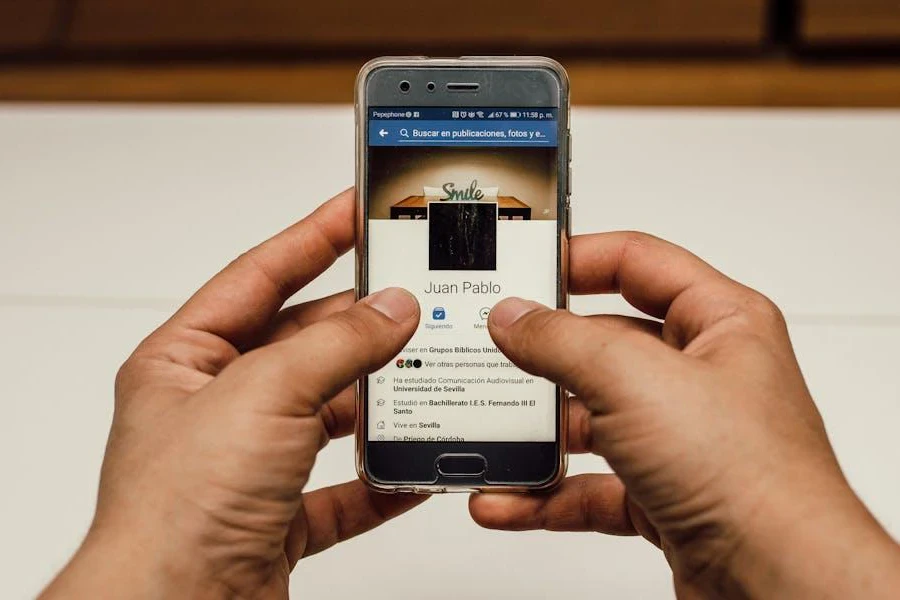
This tip builds on previous points but focuses on creating content that is easy to share. While predicting viral content is difficult, brands should make content more discoverable and shareable. Businesses should also use the best practices for social media optimization, like posting consistently and at optimal times.
Additionally, they should create content that followers want to share. This means providing valuable content instead of always trying to make a sale. Including a call to action suggesting sharing the content or tagging a friend can be effective. Making content easy to share with social sharing buttons on websites and blogs can also help enhance social proof.
5. Give back to the local community
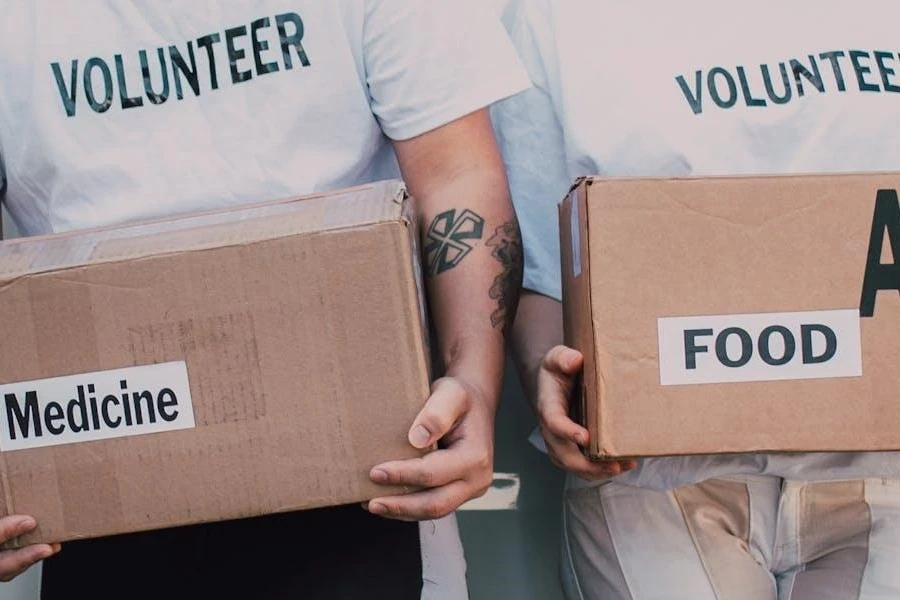
Brand-building is more than making efforts online. Another way businesses can boost brand awareness is by giving back to their communities through sponsoring events, making corporate donations, or supporting employees’ involvement in charity work.
Take some major brands like Honda, for example. They hosted a Celebration of Light fireworks competition in Vancouver, spreading their name to even more potential customers. Businesses can also take a more subtle route by donating to local fundraisers.
6. Give out freebies
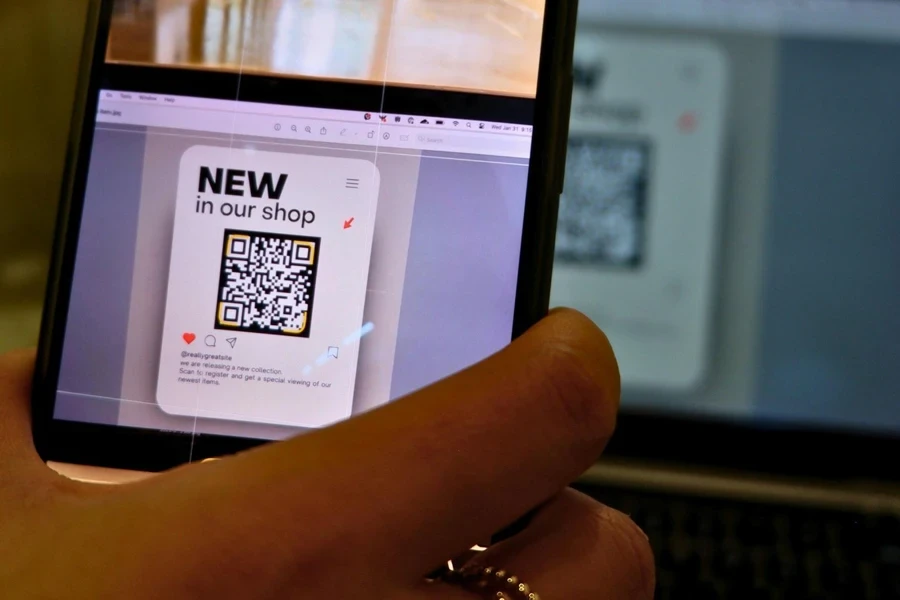
Everyone appreciates a freebie. That’s why providing something for free can persuade potential customers to try a product. The best part is free products or services can create online buzz around a brand. Whether it’s a free sample, trial, or adopting a “freemium” business model, offering a glimpse of what they can gain helps attract customers and boost brand awareness.
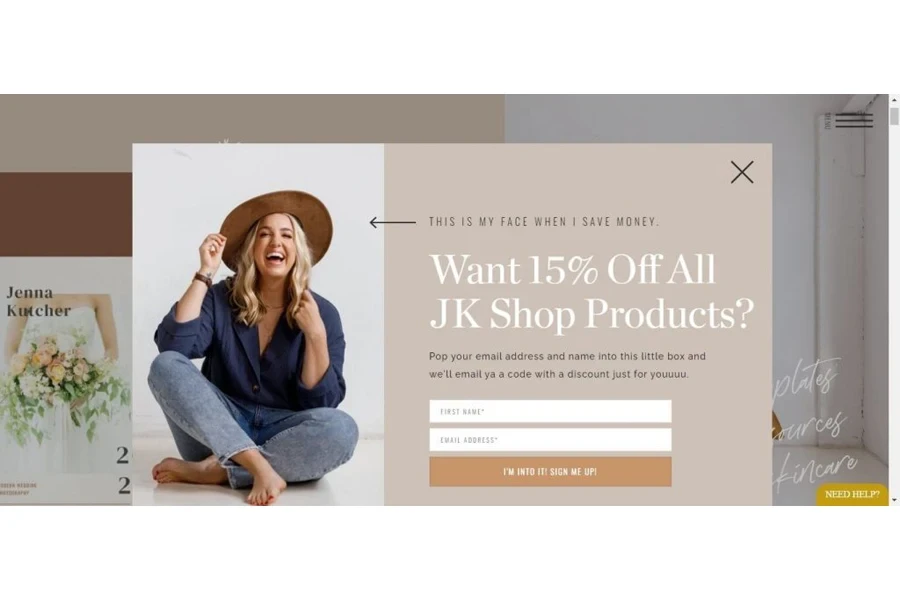
But what’s the difference between a free trial and freemium? In free trials, businesses offer their regular product or service (or a version of it) for a limited period, typically 7, 14, or 30 days. But with a freemium model, brands offer a basic version forever. However, they will also offer the option to upgrade to paid plans with additional features.
7. Use awareness ads
Social networks understand many brands want to build awareness using their platforms. For this reason, they offer ads specifically for enhancing awareness. Although each platform labels this goal differently, the common terms are Awareness, Brand Awareness, or Reach.
For example, Meta describes its brand awareness objective as targeting customers more likely to recall ads. So, it offers a metric called “ad recall lift.” On the other hand, LinkedIn simplifies it by pushing ads to more people about products, services, or organizations. Lastly, TikTok promotes its branded hashtag challenge as a great way to boost widespread awareness.
What businesses should look out for when measuring brand awareness

Brand awareness relies on various metrics. Therefore, businesses must track them to measure their brand awareness properly. Although social platforms often come with individual analytics tools, properly analyzing brand awareness requires leveraging all platforms collectively.
Look at tools like Hootsuite Analytics; it simplifies the metrics tracking process, merging data from all social accounts into one dashboard. That way, brands can create customized (and graphical) reports, allowing them to see any changes to their brand perception. Here are metrics that deserve their attention:
- Reach: Measures how many people view a brand’s content over a specific period
- Impressions: Shows how often customers viewed the content, providing insight into brand memorability
- Audience growth rate: Measures the brand’s expansion rate, and is often the main metric for brand awareness progression
- Social share of voice: Compares a brand’s visibility to competitors within the industry
- Direct traffic: Reveals how many users visit a website directly – another main metric for showing brand awareness that can be measured with tools like Google Analytics
Bottom line
Brand awareness should form a significant part of any business’s marketing campaign. It affects marketing success, consumer perception, and generated revenue. Hence, businesses must never neglect how their brand is perceived outside of the company and how recognizable it is to the public. With these tips, brands can easily establish and enhance their awareness.
Remember, you don’t have to emulate the biggest brands, you just need to attract a loyal following. This audience will help you stand out from the competitors, as they are more likely to choose products without hesitation and recommend them to others. Ultimately, better brand awareness leads to better business growth, so make sure to spend time on getting your strategy just right.
For more tips on how to improve your business plan and boost growth, make sure to subscribe to Alibaba.com Reads.
